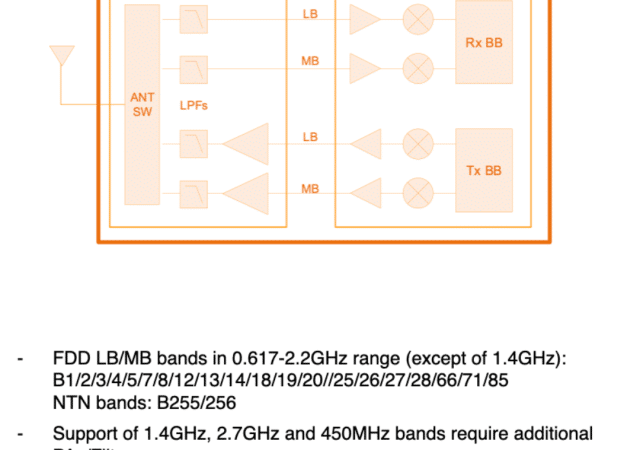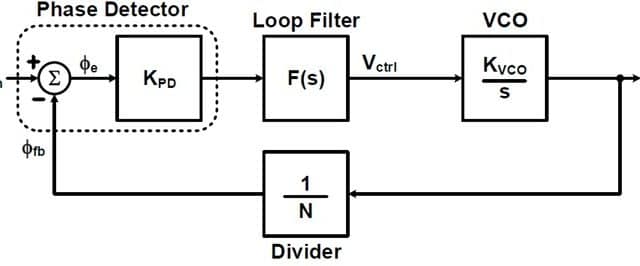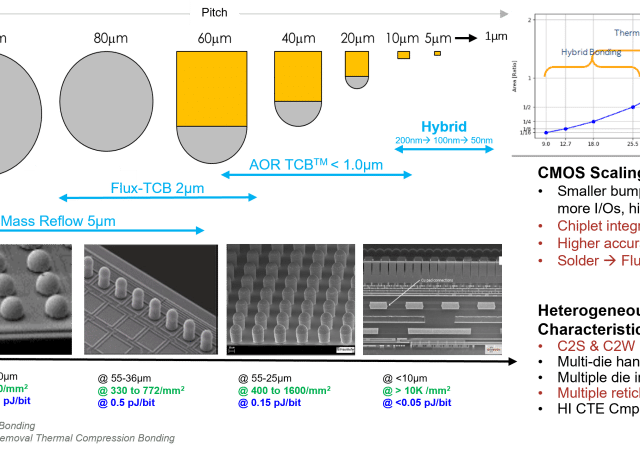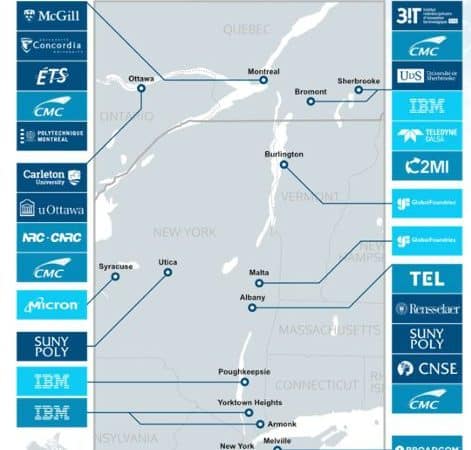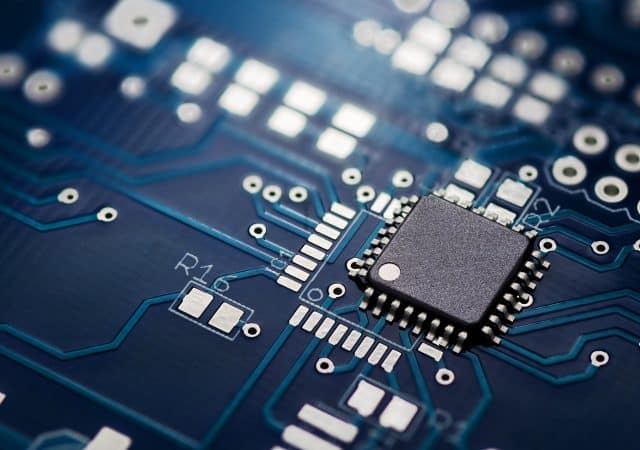Implementing practices inspired by Agile way or working into chip design processes offers substantial benefits in enhancing compliance and reliability.
How LTE-M Outperforms Other Technologies in Asset Tracking
The choice of connectivity technology plays a decisive role in the success of tracking assets anywhere in the world.
Modeling Techniques to Speed up Simulation and Emulation in Complex Mixed Signal Devices
A new technique yielded a much better filter response, where the current to charge information was well preserved and also reduced filter complexity. This solution leads to less computations and events for the simulator to process, in turn speeding up the simulation.
Foundries in Europe 2024
Europe will be ready to grow again its market share but should maintain the current status quo and still source about 50% of production abroad.
Enabling HBM 16H Stacks with Residue-Free Fluxless Active Oxide Removal
Using a plasma-based approach, active oxide removal technology empowers 3D chiplet integration and the HBM devices with fine bump pitch roadmaps and new package architectures.
Non-Profit Alliances Boost Chips in Canada
Government aid is forthcoming, but new immigration rules restrict talent.
Cracking the Chip Code to Meet AI’s Growing Demands
For those wishing to push ahead, a heterogeneous system on chip (SoC) is stacked with possibilities.
Managing the Impact of Semiconductor Manufacturers’ Use of Freshwater
Semiconductor companies must set clear goals for reducing freshwater consumption by enhancing efficiency and promoting circularity within their operations.
Navigating the Complexities of Semiconductor Supply Chains Amidst M&A Surge
As M&A reshapes the semiconductor industry, supply chains need to adapt. AI offers solutions that streamline operations, manage part duplications, and improve visibility.
2025: MEMS Leaps Forward
In 2025 and beyond, we can expect to see existing MEMS devices reimagined in new thin-film piezoelectric materials such as scandium aluminum nitride (ScAlN) and lead zirconate titanate (PZT), which will dramatically improve functionality, precision, and durability.
